Introduction
Almost every day someone on Instagram or Facebook asks me what camera I use. So I am writing up this post! I should start by saying that you can get amazing photos with any camera, including your phone or five-year-old DSLR. But if you want to increase the percentage of your photos that are great, invest in an appropriate setup for the kind of shooting you want to do. Just don’t stress too much about having the best camera. Choose the best one for you.
My Current Cameras
- Canon 6D Mark II DSLR
- Canon 7D Mark II DSLR
- Olympus TG-6 waterproof compact
- Apple iPhone 13 Pro
- Sony a6000
These are all very different cameras. The 6D MII is full-frame and includes internal GPS, which I love since it tells me exactly where I shot each photo. The 7D MII is a replacement for my all-time favorite 7D, it’s good in low light, and I like the crop-sensor in situations where I want a little built-in zoom. The Olympus is good for kayaking, snorkeling and beach time, and shoots in RAW. The iPhone is the camera that I have with me all of the time, which makes it my default in most non-travel (and airplane window) situations. I typically shoot in RAW with it using Adobe Lightroom’s camera app, but the new native camera app is excellent as well with the 11 Pro’s three cameras. The a6000 is inexpensive and lightweight for situations when I don’t want to take my better bodies (e.g. hiking, kayaking, cycling, theme parks, walking around cities that aren’t safe).
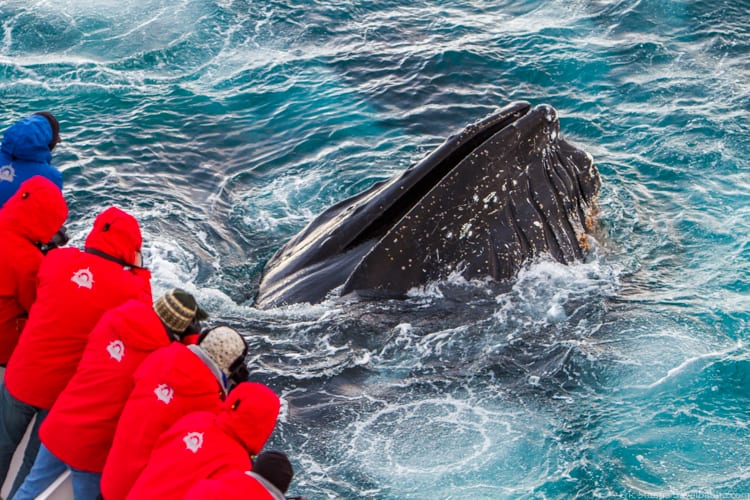
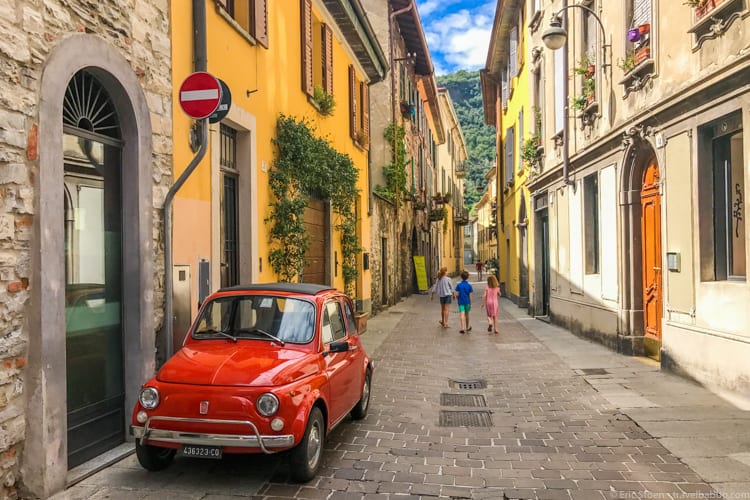
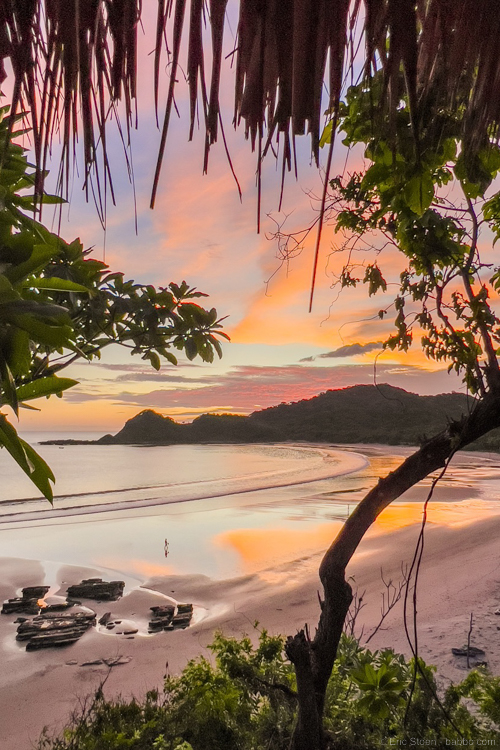
My Current Lenses
- Canon EF 16-35mm f/2.8
- Canon EF 24-70mm f/2.8
- Canon EF 70-200mm f/2.8
- Canon EF 24-105mm f/4.0
- Canon EF 50mm f/1.4
- Canon EF 85mm f/1.2
- Canon EF-S 10-22mm f/3.5-4.5
- Canon EF-S 15-85mm f/3.5-5.6
- Sony E 16-50mm f/3.5-5.6
The lower the first number (e.g. 10mm), the wider you can shoot – i.e. the more you can get into each photo. The higher the number (e.g. 200mm), the more zoom you’ll have. The second number refers to the f-stop. The lower the number (e.g. 1.4), the better your lens is going to be in low-light situations. Note: I’m explaining all of this really simply. If you have questions, just ask.
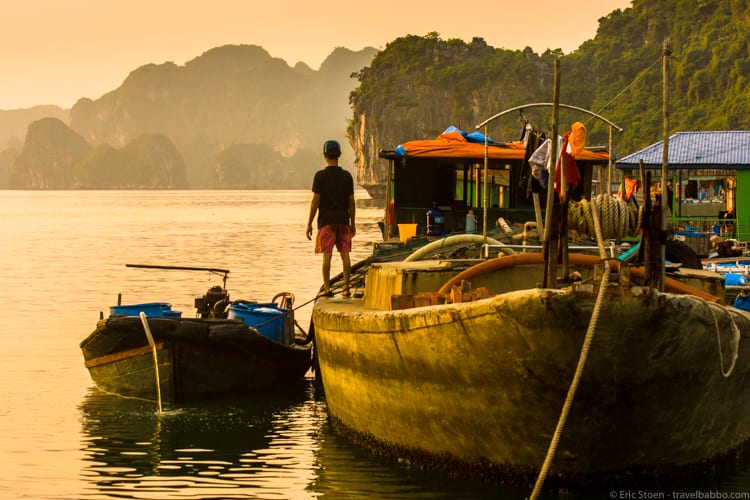
I never travel with all of these lenses – I choose anywhere between one and four depending on the shooting I’ll be doing. If I’m traveling through several countries with one of my kids and just want a setup that will be good in most situations, I either go with the 6D MII with a 16-35mm lens, or the 7D MII with the 15-85mm lens.
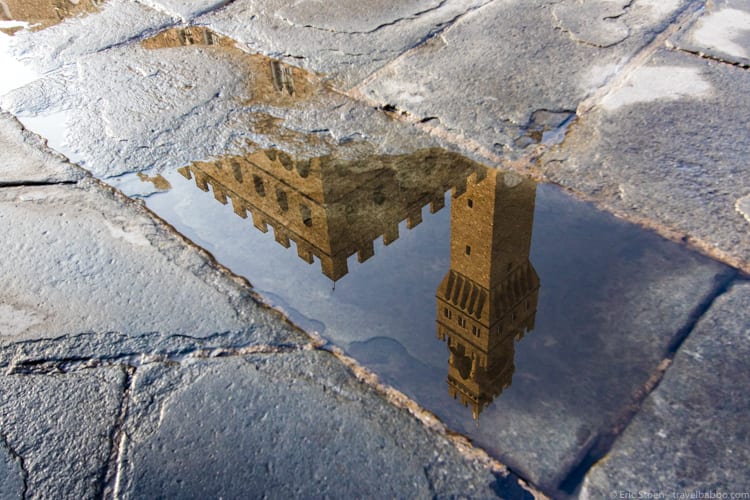
How to Choose the Best Camera for You
The camera and lens setup you select depends on several things:
1) What do you want to shoot? If you’re happy with selfies in the middle of the day, stick with your camera phone. If you want to shoot creatively – night shots with star trails, rivers where the water is smoothed out from a long exposure, food shots with blurry backgrounds – invest in a DSLR or mirrorless. If you want action shots – your kids jumping into a pool, or a basketball game or a Mardi Gras parade – invest in a DSLR/mirrorless, since you can control the precise timing of each shot. If you simply want to take snapshots, and capture what you see without getting overly creative, a point-and-shoot may work just fine for you. But it’s going to be more limited in its capabilities.
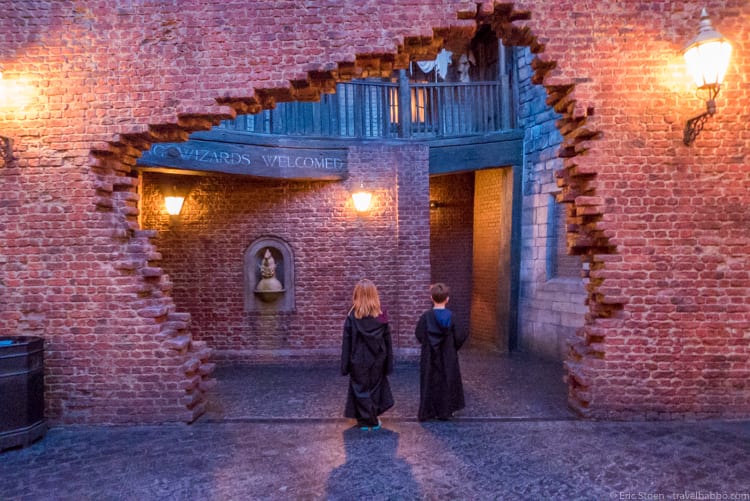
2) What’s your budget? Camera bodies get better every year. Lenses though can last a lifetime. If you have a fixed budget, choose to buy a lower-priced DSLR body and a better lens. The Canon T5i with the 24-70mm 2.8 lens will take a better photo than a higher-end Canon 5D Mark IV with a cheap lens. The Canon T7i with the standard lens that it comes with (either the 18-55 or 18-135) would be a decent setup for a beginner for well under $1000. If you decide to splurge on a really good lens, make sure it’s upwardly compatible. Canon EF lenses fit on practically all of Canon’s bodies. Canon EF-S lenses only fit on their crop-sensor DSLRs.
3) Where are you shooting? If you’re traveling, unless you’re going into a very unique once-in-a-lifetime situation like an African safari, you probably don’t want to take a lot of gear. Choose a good DSLR body and a lens that will have a wide range, like 18-135mm. If you’re cycling through France, you want a very lightweight camera – even a point-and-shoot. If you’re going to be abusing your camera in a damp/salty environment, definitely don’t spend a lot of money for a high-end DSLR/mirrorless body that may need to be replaced at the end of your trip. Whatever you choose, though, make sure it shoots in RAW. All DSLRs do, but only a few point-and-shoots do. You’ll get better quality and have a lot more flexibility in post-processing if your photos are in RAW format.
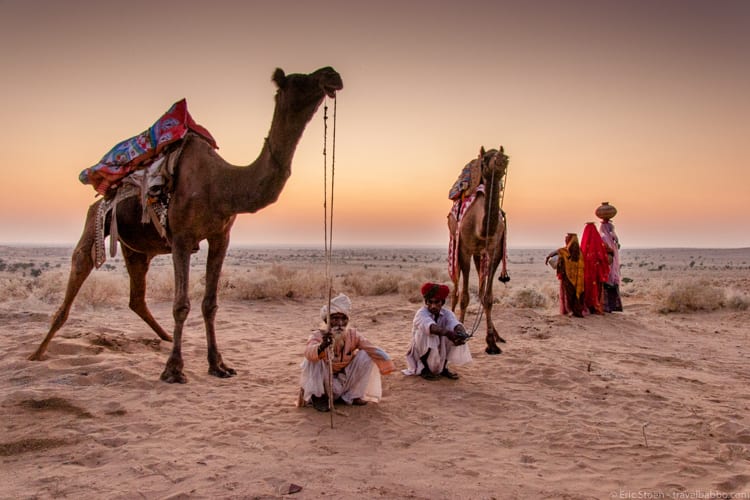
Mirrorless vs DSLR
In 2017 I shot with a Sony a7r ii and a 16-35mm f/4.0 lens as my default travel setup for most of the year. It was lighter, but there were a couple things I didn’t like about it. The battery life was terrible. I can shoot for days on one Canon battery, but I went through 2-3 Sony batteries a day, which made charging at night a hassle. But mainly I hated the file size. Each RAW file is 42mb. That required me to get several 128gb SD cards and a new external hard drive, and it made editing/processing in Adobe Lightroom really slow. But the other problem with the file size is that there’s too much data. Every photo is too perfect – which may not sound like a problem, but it is. Because there’s no soul. I don’t want a technically perfect image. I want a photo that looks like it came out of a camera, with a camera’s limitations and quirks and requirements, rather than an image created by an electronic device. So after experimenting with mirrorless, I went back to a DSLR. If I’m on a trip that requires excellent photography, I take my Canon 6D MII, and I’m extremely happy with the images – even if the camera is heavier than the Sony.
The Photos
I purposely selected photos for this post that were taken with a wide range of cameras and lenses. As I mentioned above, I choose a different camera and lens setup for every trip depending on what I’m going to be doing. Figure out what you’re going to be shooting and find an appropriate camera and lens setup. No need to spend a lot of money – you can start simply with a basic body and kit lens and get great shots. Then as you find your shooting style and discover the limitations with your initial setup, you’ll be able to choose the upgrades that are perfect for you. Questions? Feel free to post below or email me.
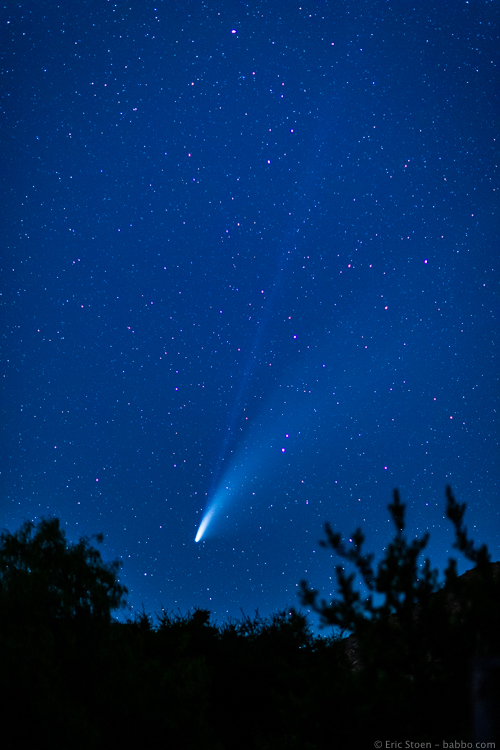
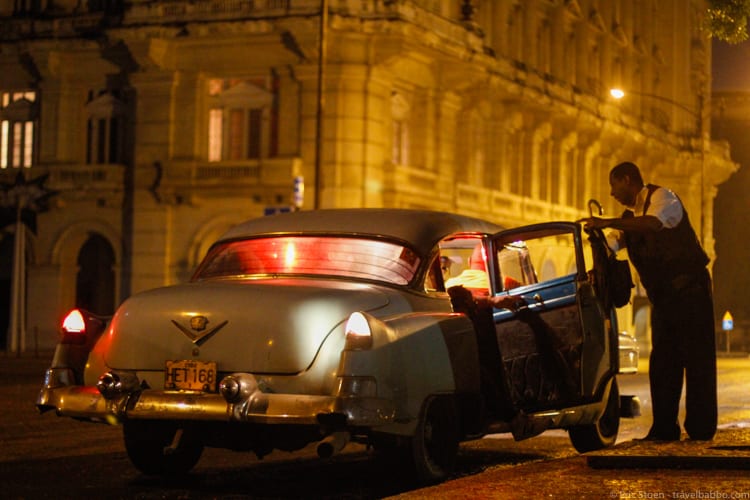
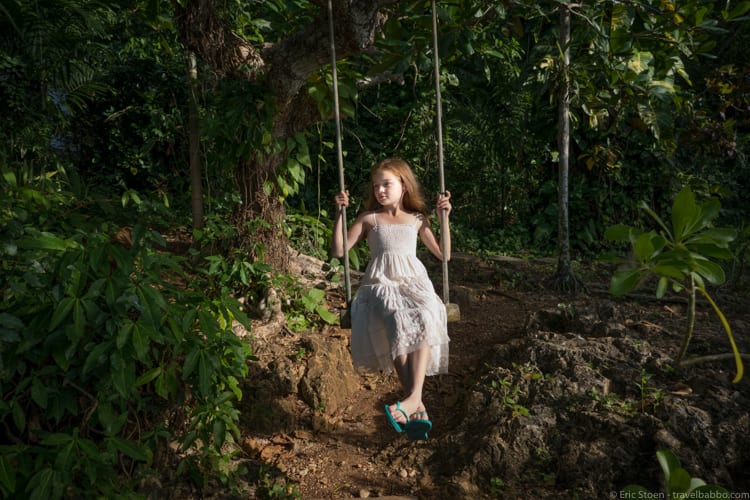
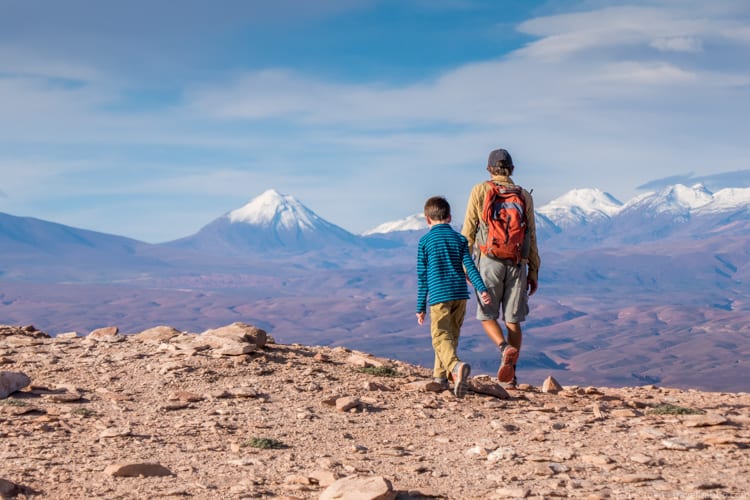
Pin It
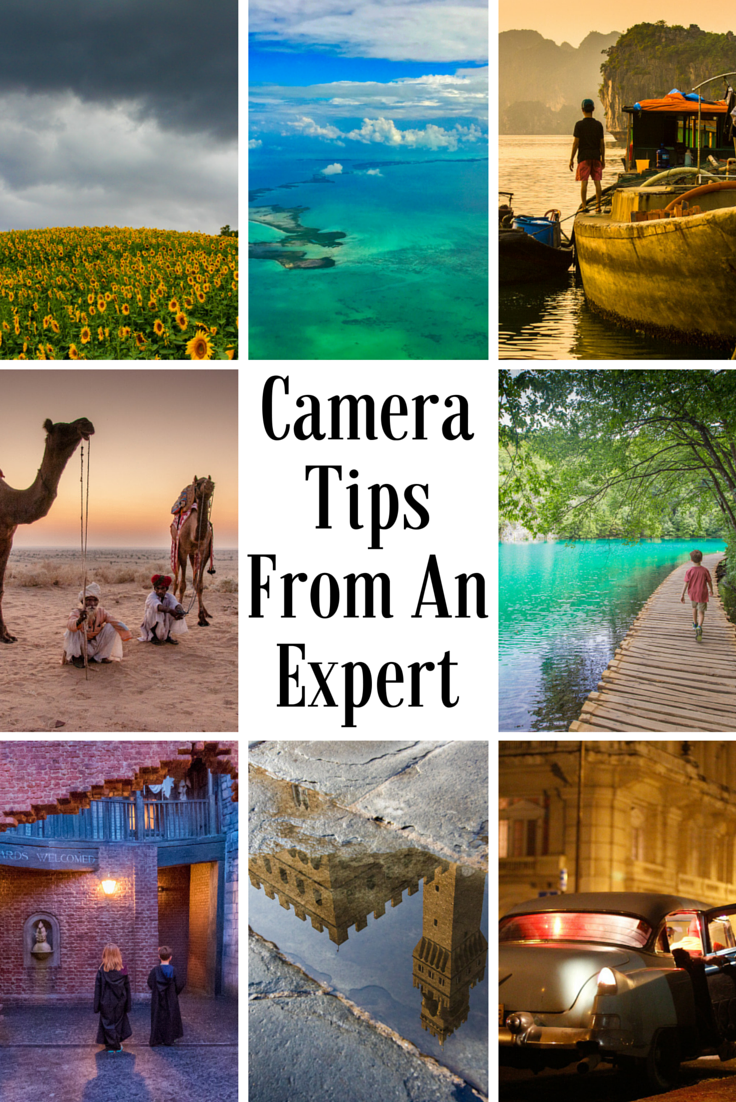

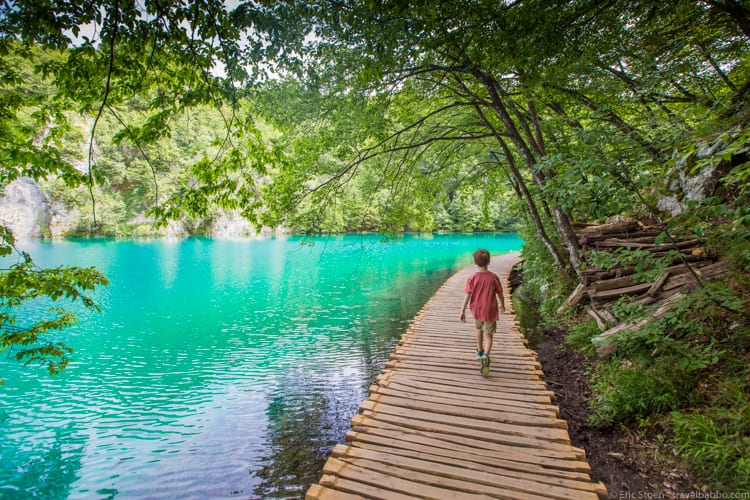
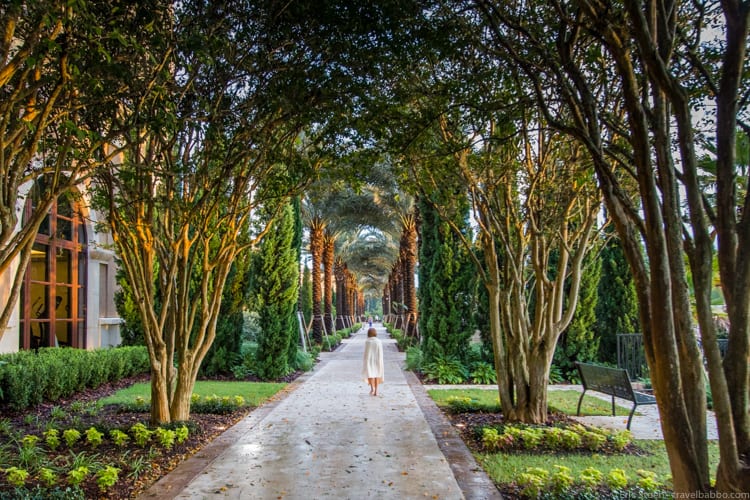
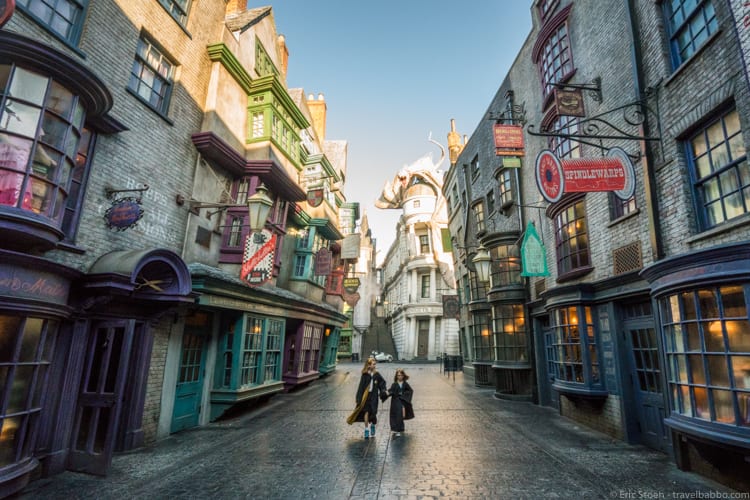
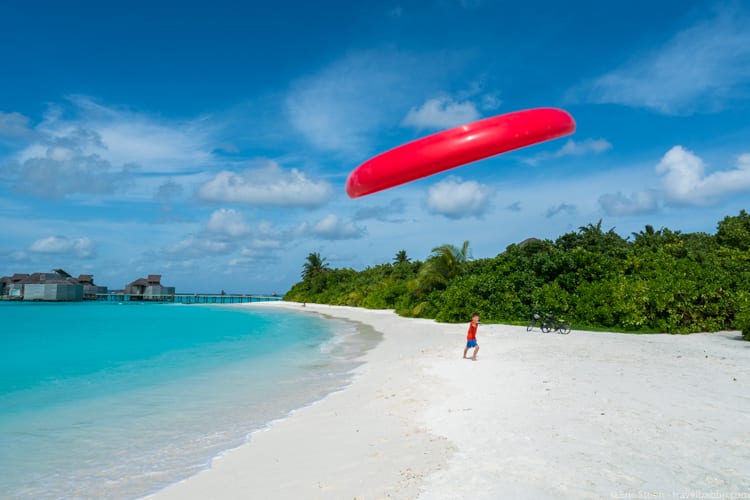
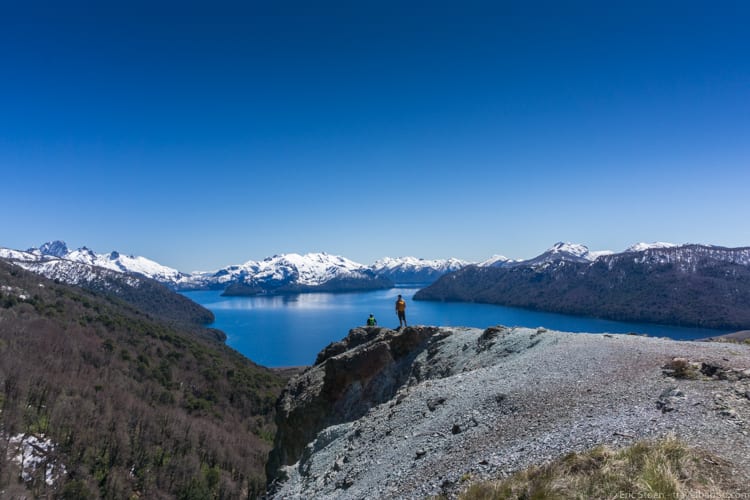
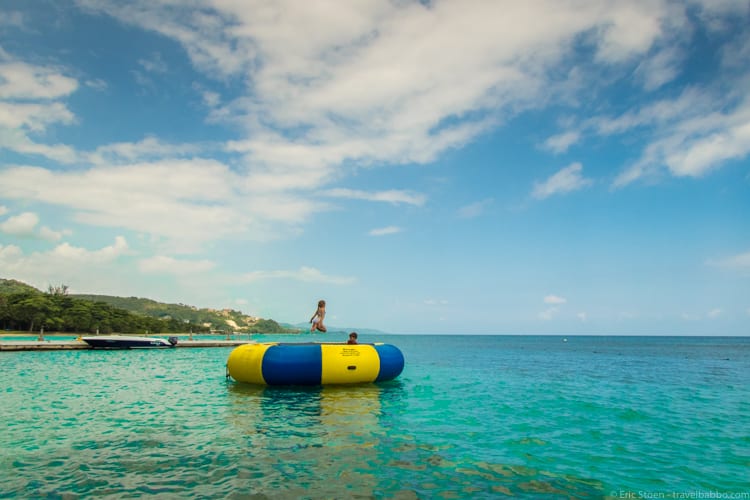
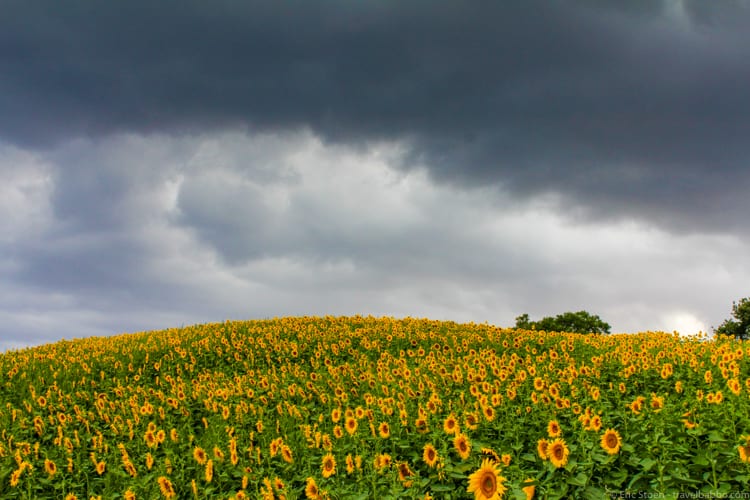
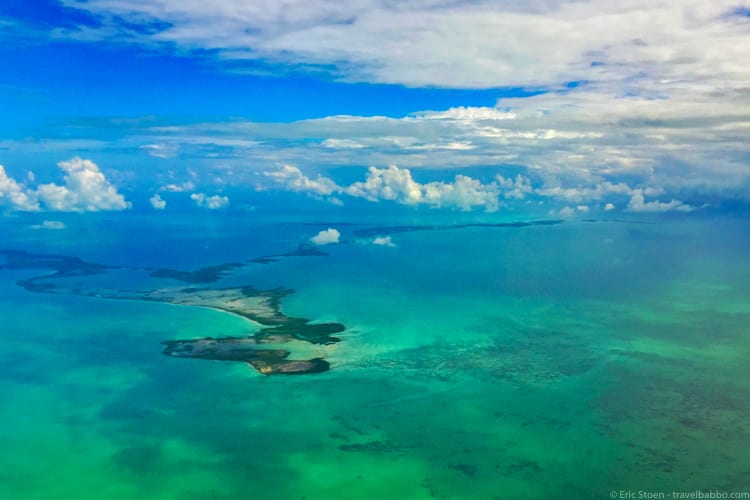
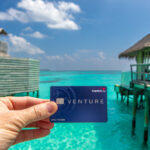
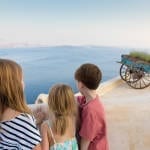
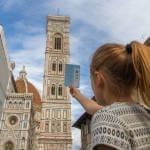
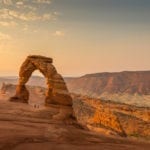
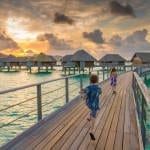
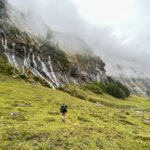
While it might be over complicating the post it might be worth mentioning that while lenses can last a lifetime, and are the thing most likely to lock you into a brand, lenses for a specific brand of DSLR are not all created equal. You need to be careful when selecting between (Canon) EF and EF-S lenses and make sure they match your equipment and what you want to do, especially at the wide angle end of the spectrum.
Also I think that if anyone wants more flexibility with the images that they take then looking for a camera that can shoot raw is a definite win, and that doesn’t mean it needs to be a hulking DSLR as my Canon S100 point and shoot can do it.
Both excellent points, and I edited the post to include them. My EF lenses are far more flexible than the EF-S lenses since they can fit on all of my cameras. And absolutely, RAW is important. I shot primary JPEG for a long time to fit more photos onto cards, and now my ability to edit those is severely limited. With RAW, as I get better and Lightroom gets better, I can rescue old shots.
Just to clarify a bit about buying the best lens you can afford. If you have a crop sensor DSLR (DX in Nikon-speak, EF-S for Canon, Sony do it too) and you want a wide angle lens then you are better off buying the DX/EF-S version even if you can afford the (probably superior) FX/EF lens as it won’t appear as wide when you put it on your crop sensor camera.
I am currently reprocessing shots I took in Paris during 2011 with a broken DSLR, its seals failed when it got wet and so metering stopped working as the electronics fried, as did focusing (although less obviously when I was shooting). It is truly amazing what Lightroom can pull out of a RAW file. It can’t do much about the focus problem but it can rescue images from even a massive light meter failure.
PS In your copious free time 🙂 you might like to do the 30 day trial of Capture One. I think I like it better than Lightroom but I’m not so keen on forking out more money on digital darkroom software so soon after updating Lightroom.
Absolutely. I don’t buy EF-S lenses anymore since they can’t be used on my 6D, but I had my 10-22 EF-S lens with me all summer in Europe (with my 7DMII and T5i crop-sensor bodies). It’s the equivalent of my 16-35 on my 6D, but obviously not as fast, and it was my go-to lens most days walking around.
With your fast lenses are you using doublers or extension tubes. To get longer or closer. I bought a 70-200 f4 because i wanted to get a nit more reach that 24-105. With my 5d i can cover wide to long. And not kill weight limits of carry ons. Weight and cost are my concerns not low light. The extra weight allows me to carry a travel tripod.
With the shooting I do, I usually don’t need to get closer – the past few years I think I’ve only used the 70-200 in Antarctica. I put it on my 7D (crop sensor) and that got me close enough. I’ve subsequently bought a 1.4 extender, looking ahead to Africa next year and Antarctica again in 2017, but otherwise don’t travel with it. I’ve come to hate my tripod – whenever I travel with it, I don’t use it. On the off chance I want to do a Milky Way shot sans tripod, I improvise.
Thanks for taking the time to write this up Eric. We’re been trying to step up our photography game and this is a big help. The past couple of trips we have rented a lens to work on our craft without investing too heavily at first and have been pretty pleased with the results. I’m glad to see a list we can choose from to add to our ‘lenses to try out’ list.
Absolutely Carrick. And since I wrote this, I’ve started traveling more and more with just my Canon 6D and my 16-35 lens. It’s wide and fast and is perfect for almost everything I want to shoot.
Wow you’ve got quite the collection of lenses. I’m only working with two right now for my Nikon, but will be purchasing a few more for my summer travels. They’re just so heavy, lol. Always wonder what other photographers bring with them.
I literally just ordered the Sony a7r ii and I’m only going to get one lens for it – a 16-35 f/4.0. It will be fun to experiment with it over the summer and see if I feel like I’m missing anything.
That’s for providing such detail! As we’re prepping for our RTW trip, I’m struggling a little with camera gear. Obviously we need to be traveling LIGHT, but then I also need to up my photography game. Our current options:
Canon T1i with Tamron 18-270 f/3.5-5.6
Olympus E-M10 with 14-42 f/3.5-5.6 (so 28-84mm equiv)
What would you be bringing? I love the image quality and ease of use of the Canon, but it’s just huge. If I bring compact the Olympus, I can probably also bring a second lens and I was looking at something like a 17mm f/1.8.
Sorry for the delay Melissa – slow internet while traveling! I virtually always shoot wide so lately I’ve only been traveling with one body and a 16-35 lens. From that perspective I’d go with your Olympus. Then it’s up to you whether you want to just take the lens you have now, or also take the f/1.8 for low light. I’ve found that I don’t shoot in low light enough to even take a fast lens anymore. It’s all about light & easy travel.
Thanks for writing back! I love your Panama pics on IG and they’re getting me excited for our visit.
I agree, it seems like the Olympus is the way to go in terms of weight and volume. I currently only own the kit lens (equiv 28-84) but I do feel a bit limited by it at times. Now I’m debating between getting (in 35mm equiv) 18-36, 28-300 or 34. Tough choices!
You’re always going to be limited. There are always photos that you’re not going to be able to take because you don’t have a camera with you, or you have the wrong camera or the wrong lens. I know people who have traveled all over Europe with only a 50mm f/1.4. It can be fun creatively once you accept your limitations – or purposely limit yourself. In Panama I didn’t have any sort of zoom to capture the sloths, but I still had no regrets shooting wide and traveling light. I would say to travel light and take whatever you think will match your shooting style/itinerary 90% of the time. Don’t worry about the other 10%.
Love reading what everyone shoots with and happy to have another Vote for Canon! Love your photos Eric and I Have a 7D and quite a few lenses! This post inspires me to work on my game!
I am really looking into the mirrorless becuase the 7D is so heavy when I have a bag for the day and the kids! I fell like I would use my camera more, rather than my iPhone!
I’ve now been shooting mirrorless with the Sony a7rii for the past four months. I don’t love the camera yet, but the lighter weight is definitely a plus. I’d love to get the 6D MII, since I know I’ll enjoy shooting with it more, but I’m afraid it will feel really heavy after the Sony. C’mon Canon, give us a great mirrorless already!
Hey Eric,
I’m ready to sell my 7D. It’s cumbersome and I find myself never wanting to pack it for a trip. I’ve heard great things about the Lumix and see that you took a couple pics with a Lumix in this post. I also recall you doing a campaign with a Lumix a while back, but I can’t remember where I saw it. What is your opinion of it and which one would you recommend? Thank you!
Hi Ting! Honestly, I don’t know! I liked the Lumix and shot with it as a backup for a couple years, but it died during a downpour in the Panamanian rain forest last year and I haven’t replaced it. When I wanted a point-and-shoot for my daughter, I couldn’t find many options that let you shoot in RAW, and that’s a big deal to me. I finally gave up and got her a Canon SX720. It’s been pretty good and meets her needs, but it just doesn’t have the quality of a DSLR. I shot with it on the Channel Islands this week alongside the Sony A7rii and the Sony’s quality is so much better.
Cameras are continuing to advance so quickly, especially mirrorless and point-and-shoot, that I’d figure out your budget, go to Amazon or B&H, see what the top sellers are in that price range, and read the reviews. As for me, I’m shooting right now with the Sony in situations where the camera may get hurt or wet, since I just don’t care about it very much, and taking my Canon 6DMII with me for serious shooting. Yes it’s a lot larger and heavier, but I’m extremely happy with the quality and the battery life.
Hi Eric,
I had heard good reports of the Sony A7RII so I’m a little surprised that you seem to rate it much lower than the Canon 6DMkII. Anything in particular makes you prefer the quality of the images from the Canon?
My P&S is a Canon S100 because it could shoot RAW (and had an inexpensive underwater enclosure that I’ve used a couple of times).
I would imagine that image quality is coupled to sensor size (not pixel count) and so outside of the DSLR categories you should be looking for the largest sensor possible.
Regards, Mark.
I love photography, and I love how cameras create photographs…with all of their limitations – stops of light, speed, ISO, etc… It’s what makes photography fun. Yes, you can get creative with a Sony, but the end result often feels like a perfect image, and not a photograph. There’s no soul. Sony makes machines. It makes electronics. It doesn’t make cameras. I love how the Canon feels. I love what I have to do to create the images I want. That’s what it boils down to.
Eric, Sorry to hear about your Lumix. That is such a bummer. Thanks for your input. I always value your opinion. 🙂